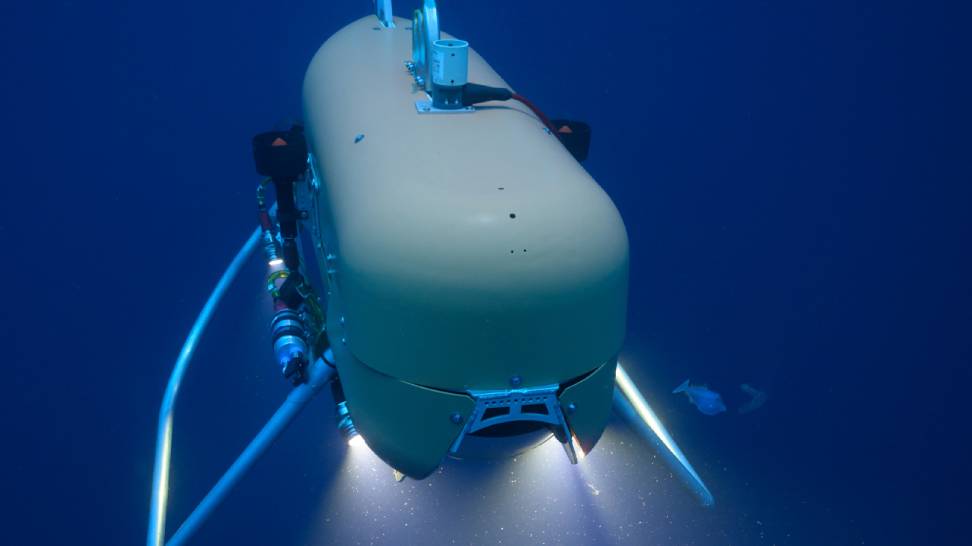Lotus365 Book, Lotus365, Lotus365: Exploring the depths of the ocean presents researchers with a myriad of challenges. The vast and uncharted territories beneath the surface make it challenging to navigate and map accurately. Additionally, the extreme pressures, darkness, and cold temperatures of the deep sea create harsh conditions for human and technological exploration.
Moreover, the high costs associated with conducting deep-sea explorations pose a significant challenge. From the expenses of deploying specialized equipment to funding research vessels and maintenance, the financial burden of ocean exploration can be prohibitive. Securing funding for extended expeditions and long-term projects becomes a hurdle that researchers must navigate in their quest to uncover the mysteries of the deep.
� The vast and uncharted territories beneath the surface make it challenging to navigate and map accurately.
� Extreme pressures, darkness, and cold temperatures of the deep sea create harsh conditions for human and technological exploration.
� High costs associated with conducting deep-sea explorations pose a significant challenge.
� Expenses of deploying specialized equipment, funding research vessels, and maintenance can be prohibitive.
� Securing funding for extended expeditions and long-term projects becomes a hurdle for researchers.
Technological Advancements in Deep-sea Exploration
The field of deep-sea exploration has been significantly enhanced by recent technological advancements. With the development of remotely operated vehicles (ROVs) equipped with high-definition cameras and sensors, scientists can now delve into the depths of the ocean with unprecedented clarity and precision. These ROVs are able to withstand extreme pressure and temperatures, allowing researchers to explore previously inaccessible underwater environments.
Furthermore, autonomous underwater vehicles (AUVs) have revolutionized deep-sea exploration by conducting long-duration missions without the need for direct human intervention. Equipped with advanced navigation systems and sampling capabilities, AUVs are capable of mapping large areas of the ocean floor and collecting valuable data on marine life and geology. These technological advancements have opened up new opportunities for researchers to study and protect the fragile ecosystems that lie beneath the surface of the ocean.
What are some of the current challenges in ocean exploration?
Some current challenges in ocean exploration include the high pressure and extreme conditions of the deep-sea environment, limited access to deep-sea areas, and the high costs associated with deep-sea exploration.
What are some technological advancements in deep-sea exploration?
Lotus365 Id, 99exch, 99exch.com Login: Some technological advancements in deep-sea exploration include autonomous underwater vehicles (AUVs), remotely operated vehicles (ROVs), advanced sonar and imaging systems, and deep-sea submersibles.
How do autonomous underwater vehicles (AUVs) contribute to deep-sea exploration?
AUVs are able to navigate autonomously underwater, collecting data and images of the deep-sea environment. They are able to cover large areas efficiently and can be deployed for long periods of time.
What is the role of remotely operated vehicles (ROVs) in deep-sea exploration?
ROVs are controlled by operators on the surface and are equipped with cameras, lights, and manipulator arms to explore and gather data from the deep-sea environment. They are especially useful for tasks that are too dangerous or difficult for humans to perform.
How do advanced sonar and imaging systems aid in deep-sea exploration?
Advanced sonar and imaging systems allow researchers to create detailed maps of the seafloor and identify underwater features such as hydrothermal vents, shipwrecks, and marine life. These systems provide valuable data for scientific research and exploration efforts.
What are deep-sea submersibles and how do they contribute to ocean exploration?
Deep-sea submersibles are manned or unmanned vehicles designed to withstand the extreme pressures of the deep sea. They allow researchers to directly observe and study deep-sea environments, collect samples, and conduct experiments at great depths.

